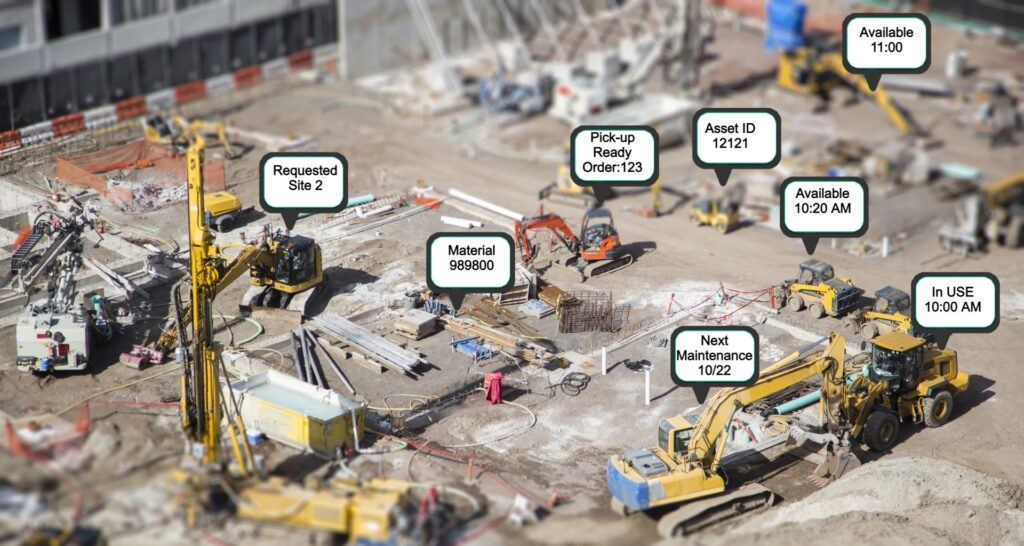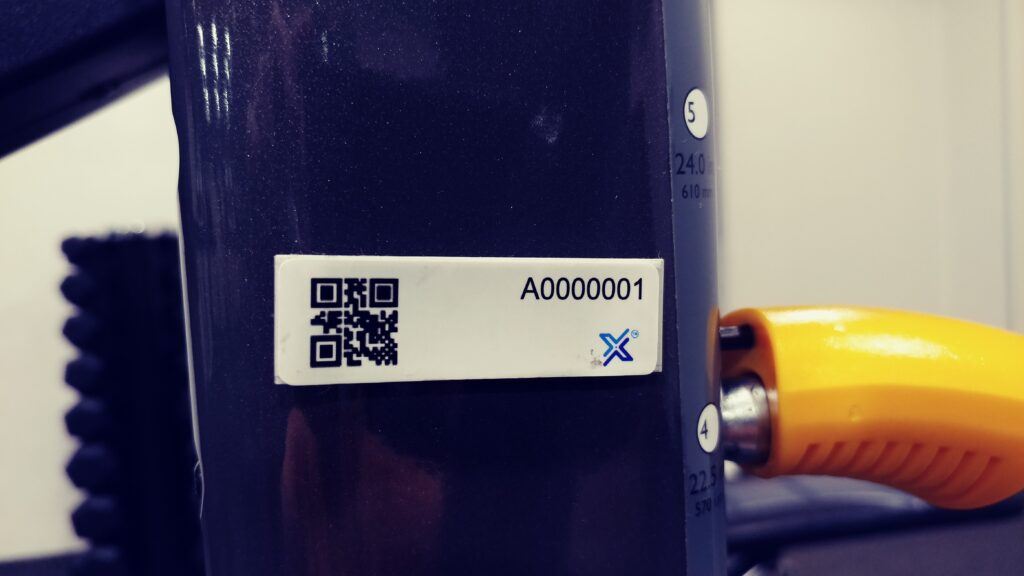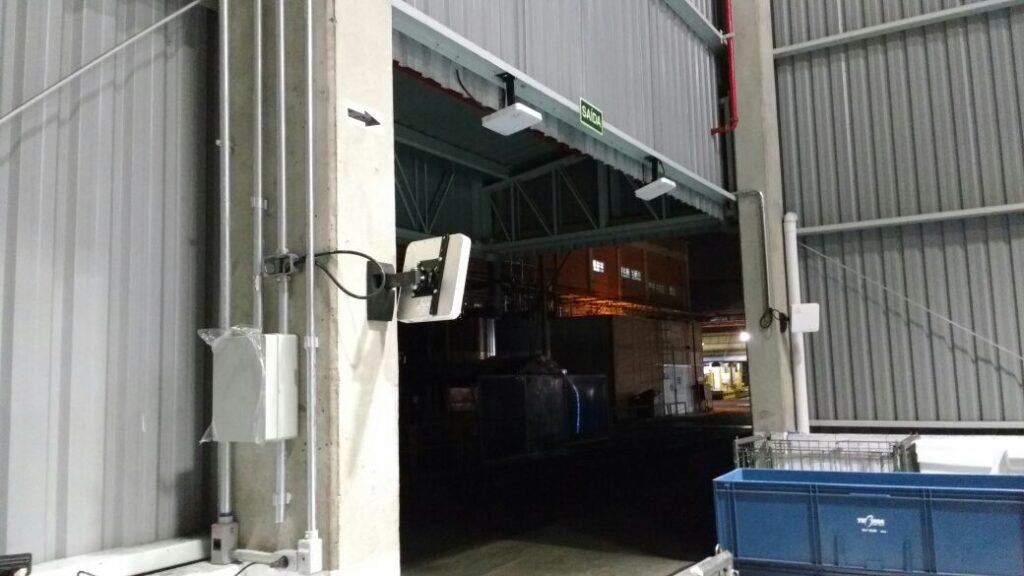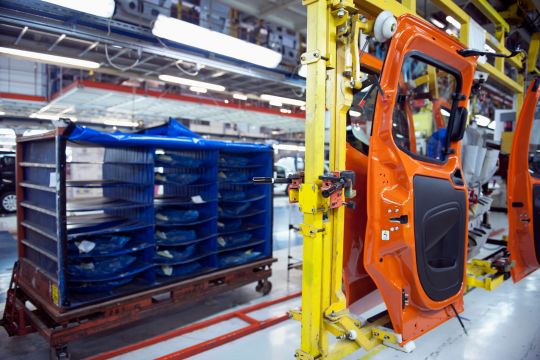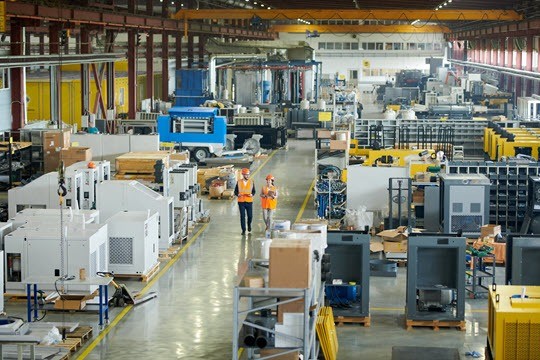Smart asset tracking can be applied to track both lightweight tools and heavy machinery. For that, each movable asset – be it a drill or a bulldozer – gets a passive RFID tag. Each tag has an ID that carries encoded data about the asset it is attached to, e.g., its description, manufacturer, cost, condition, model, serial number, an assigned employee, location, etc.
This data is saved to the SmartX HUB data warehouse – and in-cloud data storage – upon authorizing a tag. To authorize the tag, an equipment storage yard worker scans it with a handheld RFID reader and enters the asset data via an asset tracking app. The asset tracking app forwards the data to the Platform, where the data record is stored with an “authorized” label. Once the tag is authorized, the asset tracking software receives a command to track the tag.
To enable tracking, fixed RFID readers are installed to scan the tags at the checkout area of a tool zone, at the exits of equipment storage yards, at the entrances of construction sites, and other key points.
When passively tagged movable assets leave a tool zone or an equipment storage yard, the RFID reader scans tags’ IDs at the exit and relays them to the cloud. The cloud aggregates the data from multiple readers, runs it through analytics algorithms, and identifies that the movables with the corresponding IDs have left the tool zone or the equipment storage yard. SmartX HUB Cloud software updates the data about the corresponding items in the big data warehouse and displays the updates to the users.
As the movable equipment enters the construction site, the RFID readers installed at the entrances, capture tags’ IDs and relay them to the cloud to check if all the machines and tools have arrived at the construction site.
Moreover, thanks to having several high-frequency RFID readers deployed at the key points of the company site, the asset tracking solution provides the employees with real-time data about the movements of durables, as well as their statuses. If a piece of movable equipment leaves the assigned area, is used outside of operating hours or by an unauthorized person, the asset tracking solution sends a notification to an inventory specialist.

